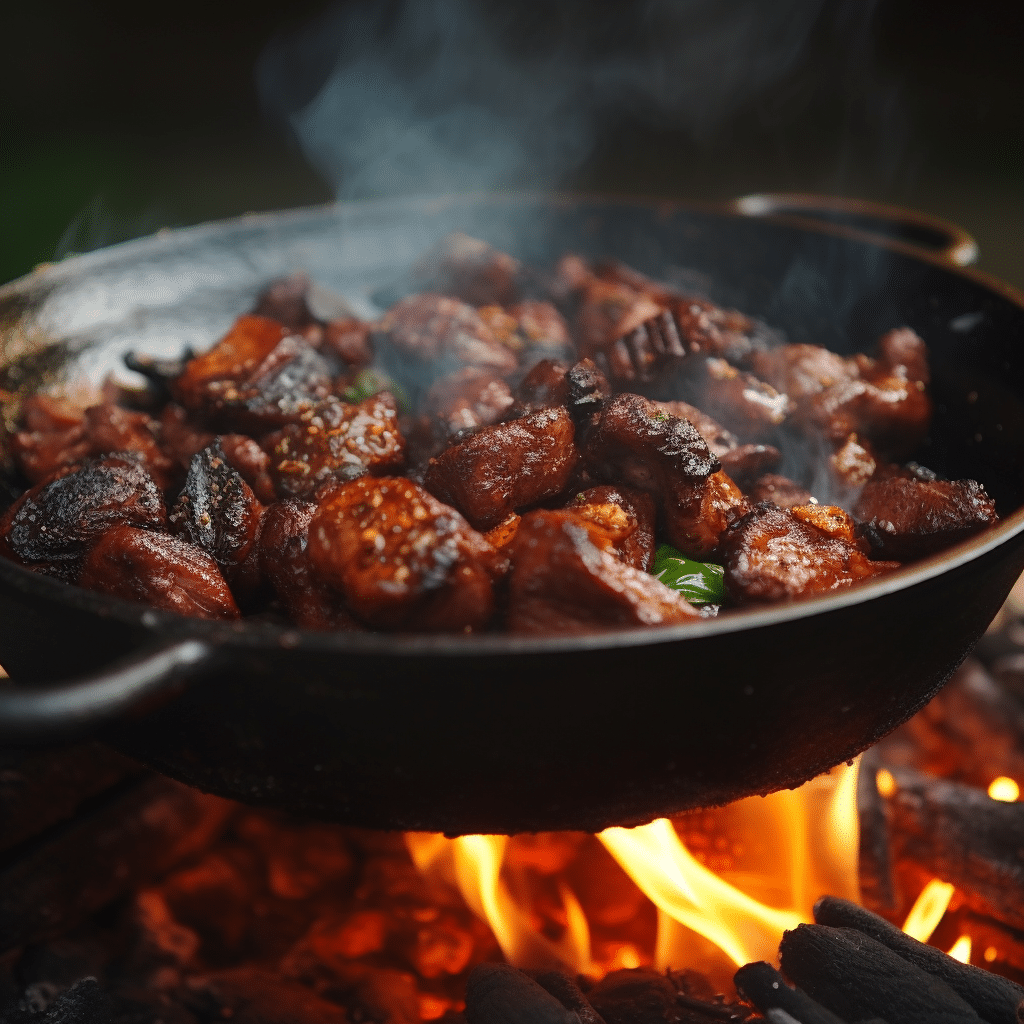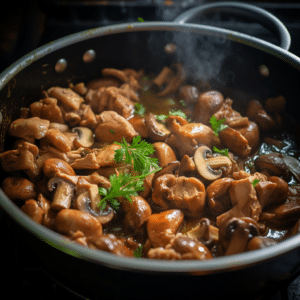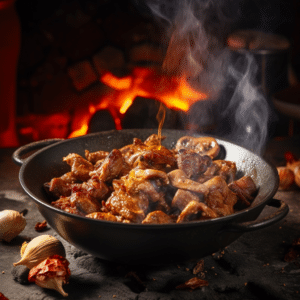
Cooking Chicken Gizzards: Preparation, Cooking Methods, Storage
Cooking Chicken Gizzards: A gizzard is a part of the digestive system of a chicken that helps in digestion. Chicken eat items such as stones and are digested in the gizzard. Gizzards are a delicacy enjoyed in different parts of the world that can be cooked in different ways. They can be boiled, fried, stewed, grilled, pickled, and barbecued, among other cooking methods. Gizzards are a cheap healthy option packed with nutrients.

How Do You Know When Chicken Gizzards Are Done?
Chicken gizzard becomes tender and easy to cut when done. They are easy to poke with a fork. You can take the temperatures using a kitchen thermometer. When done, the temperature should be 165 degrees Fahrenheit. Gizzards are tough and chewy when undercooked but will become tender when done but still chewy. They are a delicacy worldwide with a rich, deep, dark meat chicken flavor.
Nutrition Facts Of Chicken Gizzards
There are 223 calories, 4 milligrams of fat, and 44 g of protein in a cup of chopped and cooked gizzards. Gizzards also have riboflavin, niacin, phosphorus, iron, sodium, calcium, potassium, magnesium, and zinc. A serving of chicken gizzards has 536 mg of cholesterol, which is a lot more than the suggested limit of 300 mg per day. So, they should only be eaten in small amounts.
How To Cook Chicken Gizzards
Chicken gizzards are tough and chewy. There are different methods of cooking gizzards. The bottom line is that you should cook them till done. It is recommended you boil for 15 to 30 minutes or until tender, then stew or fry. You can slow cook the gizzards until they get tender. When grilling gizzards use low, moist heat.
Hot temperatures make chicken gizzards tougher and lose shape. They will look like dried hides. Before you start cooking, remove the tough yellowish covering on the gizzard. Soak them in a bowl with a teaspoon of baking soda; it will help you pull out the Cooking Chicken Gizzards interior lining easily. Avoid overcooking; it makes them tougher and chewy.
How Can You Tell Chicken Gizzards Have Gone Bad
Chicken gizzards, just like other meat, do expire. They can get spoilt before the expiry date. Fresh gizzards are pink and fleshy. If you notice a color change may start turning gray or greenish, the gizzards have gone bad.
Other signs are a bad smell, mold, and a sticky feel. If you eat gizzards that have gone bad, you could get sick. Food poisoning can cause bloating, diarrhea, vomiting, sweating, dizziness, nausea, tiredness, and a general feeling of not being well. If you have any of these symptoms or think you might have them because you ate gizzards that were not fresh, you should see a doctor.
Storing Chicken Gizzards
Gizzards should be stored in the fridge or freezer immediately after you get home from the store. Place them in an airtight bag and sea,l then put them in the refrigerator, to be consumed between 2 to 3 days. To freeze, put them in an airtight bag and seal, then freeze. They can last in the freezer for 3-4 months when cooked and 9-12 months when raw. After thawing, do not refreeze them.
Chicken Gizzards Accompaniment
Chicken gizzards can go well with most dishes. Can be served with fried rice, tacos, lasagna, enchiladas, bolognese sauce, and soups. Excellent with a plate of greens or your favorite home stuffing. They make for great snacks for the whole family. You could wrap it with bacon and deep fry or make a great gizzard and pepper salad. There are limitless possibilities with chicken gizzards.
Where To Buy Chicken Gizzards
You can get gizzards from the stores near you or online stores. One can also get them from farmers and farms near you. Demand might be high on some of these farms, you might be required to place an order in advance. On other farms, you walk in and walk out with your gizzards. The local butcher can supply you with gizzards. Confirm the freshness before buying. If packed, check the expiry date on the packaging, and look at the color if the packaging is transparent. If not packed, look out for the color and smell to ensure they are fresh.
How To Clean Chicken Gizzards
If your supplier is unable to clean the gizzards for you, or you got them from your farm, you can clean them by yourself by following these simple steps;
- Wipe your workspace and wash your hands properly. Ensure they are clean to avoid contaminating the gizzards. Wash your utensils before setting off. It is advisable to set a workspace near the sink.
- Cut out the gizzard lengthwise into two pieces to make washing easier.
- Wash the pieces in running water, ensuring you wash the insides thoroughly. Chicken eats a lot of particles, and if the gizzards are not well cleaned, those particles will go into the meal, which can be disgusting eating.
- Trim the yellowish lining on the inside of the gizzard. It will easily pull off from the rest of the meat. After trimming, rinse the gizzards again.
- With a per towel or clean kitchen towel, dry the gizzard. They are now ready for storage or cooking.

Precautions When Handling And Cooking Chicken Gizzards
Salmonella, a type of bacteria that can make you sick if you eat it, is often found in gizzards. Because of this, it is very important to be very careful when handling gizzards. Here are some tips for dealing with gizzards;
- Ensure a high degree of cleanliness
- Freeze or refrigerate the gizzards immediately after purchasing.
- Cook the gizzards properly, ensuring the internal temperatures are 165 degrees Fahrenheit or above. These will denature the bacteria.
- Do not store gizzards at room temperature. For leftovers, wait until they cool, then freeze them.
- Transport and store in an airtight plastic bag. Do not let the juices leak and might contaminate other items.
Cooking Chicken Gizzards you can tell if chicken gizzards are done by measuring the internal temperature, cutting with a knife, or tearing with a fork.